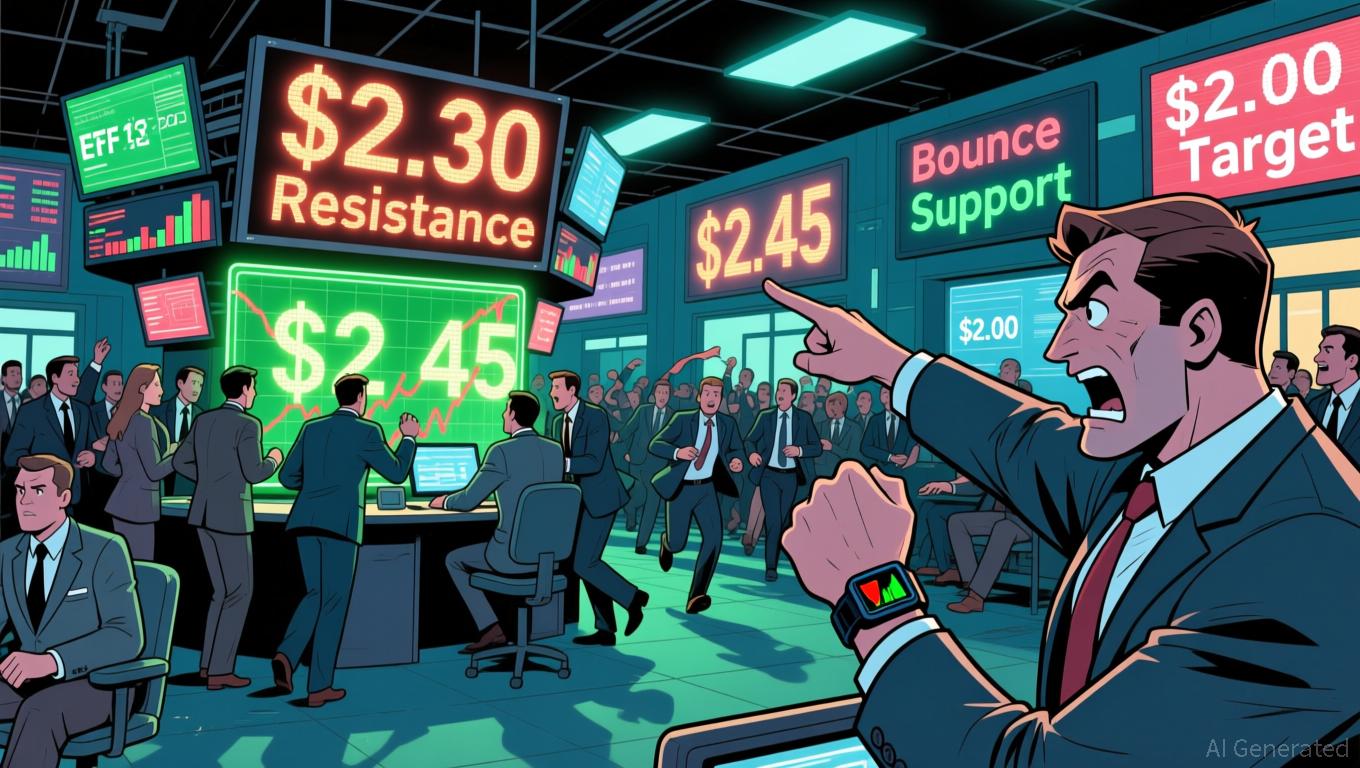Bitwise’s Matt Hougan Reveals Why Most Crypto Treasury Firms Should Actually Trade at a Discount
Bitwise Chief Investment Officer Matt Hougan outlined a valuation framework for digital asset treasury companies (DATs) and said that analysis of the sector often misunderstands how these firms should be priced relative to the assets they hold.
In a series of posts, Hougan said the core question for valuing any DAT is to consider what the company would be worth if it had a fixed lifespan.
Illiquidity, Expenses, and Risk
He explained that a Bitcoin-focused DAT announcing a same-day shutdown and distribution of its holdings would trade exactly at the value of its bitcoin, or an mNAV of 1.0, while extending the liquidation timeline to one year introduces conditions that can push valuations above or below the underlying asset value.
Hougan said three main factors justify a discount to mNAV: illiquidity, expenses, and risk. Illiquidity reflects the lower price investors would pay today for Bitcoin they would receive in a year, and Hougan suggests that the discount could be 5-10%. Expenses directly reduce investor value, and a DAT holding $100 worth of BTC per share but paying executives $10 per share per year would warrant a corresponding 10% discount. Risk, defined as the possibility of operational errors or other failures, must also be factored into pricing.
On the other side, the Bitwise exec said DATs may trade at a premium only if they are increasing their crypto-per-share, and noted that in the US, this is the sole reason for such a premium. He identified four strategies DATs use to accomplish this: issuing USD-denominated debt to buy crypto, lending out crypto to earn interest, using derivatives such as writing call options to generate additional income, and acquiring crypto at a discount.
Discounted acquisitions can occur through purchasing locked assets from foundations seeking liquidity, acquiring another DAT trading below its asset value, repurchasing its own discounted shares, or buying a cash-flow-generating business and allocating the proceeds to crypto.
“High Hurdle”
Hougan added that discount factors tend to be certain while premium-enabling factors tend to be uncertain. This ends up creating what he described as a high hurdle for most DATs. As a result, he said most companies will trade at a discount, with only a limited number of strong performers trading at a premium. Using the example of a Bitcoin DAT scheduled to liquidate in 12 months, he said fair value can be estimated by calculating expenses, adding a risk discount, and offsetting these with expectations for increases in bitcoin-per-share.
You may also like:
- Big Bitcoin (BTC) Whales Surge as Small Holders Vanish Amid Short-Term Recovery Attempts
- Bitcoin Targets $96K-$99K Recovery as Indices Signal Reversal
- Bitcoin Logs 4th Straight Negative Week as Corrective Phase Extends: Bitfinex Alpha
Although DATs do not have fixed lifespans in practice, the exec said this extends rather than changes the model, because expenses and risks compound over time, while companies that can grow crypto-per-share consistently may become highly valuable.
He also said larger DATs have structural advantages, including easier access to debt markets, larger pools of crypto for lending, deeper options markets, and broader opportunities for mergers, acquisitions, or other discounted deals. While DATs have largely moved in tandem over the past six months, Hougan expects greater divergence ahead, with a small number of firms executing well enough to trade at a premium and many others trading at a discount.
Meanwhile, DAT companies have invested at least $42.7 billion into crypto acquisitions in 2025, according to CoinGecko’s recent report. It was found that $22.6 billion was deployed in the third quarter alone, which makes it the strongest quarter on record for accumulation. Altcoin-focused DAT companies accounted for $10.8 billion, or 47.8%, of Q3 spending, but Bitcoin-focused firms continued to dominate overall activity.
Since the start of 2025, Bitcoin DAT companies have purchased more than $30 billion in BTC, which represented 70.3% of total acquisitions. Ethereum counterparts followed with $7.9 billion in purchases, most of it in August, while SOL, BNB, WLFI, and other assets made up 11.2% of annual spending.
Disclaimer: The content of this article solely reflects the author's opinion and does not represent the platform in any capacity. This article is not intended to serve as a reference for making investment decisions.
You may also like
Ethereum News Update: Ethereum Faces $2,500 Threshold—Beginning of a Supercycle or Start of a Major Sell-Off?
- Tom Lee predicts Ethereum's $2,500 support level could trigger a buying frenzy, framing it as a structural inflection point after systematic liquidation. - BitMine's 3.63M ETH holdings and recent $20M WorldCoin investment signal institutional confidence in Ethereum's long-term tokenization potential. - While Dencun upgrades and staking yields bolster fundamentals, macro risks and $1,500 downside remain concerns amid volatile $2,900-$3,115 near-term price action.
Bitcoin Updates: Blockrise's Bitcoin Lending Reflects Growing Institutional Confidence in Regulated Digital Asset Finance
- Blockrise, a Dutch Bitcoin-only firm, launched €20,000 crypto-backed loans after securing EU MiCA regulatory approval, enabling cross-border EU operations. - The service targets corporate clients, allowing Bitcoin collateralization while retaining asset ownership, with 8% interest rates adjusted monthly. - Its semi-custodial model uses hardware-secured vaults and joint transaction authorization, managing €100M in client assets under this structure. - The move aligns with rising institutional demand for B

XRP News Today: XRP's Role in International Transactions Strengthens as ETFs Spark Institutional Movement
- XRP's price nears $2.30 threshold amid ETF-driven institutional interest, with Canary Capital's XRPC ETF attracting $13M net inflows despite broader crypto outflows. - Technical analysis highlights fragile support at $2.03 and critical resistance at $2.45, with breakdowns risking a slide to $1.50 while breakouts could trigger bullish momentum. - XRP's real-world utility gains traction via SWIFT GPI integration, demonstrating cross-border payment efficiency that differentiates it from speculative altcoins

Bitcoin Updates: Tether Faces Scrutiny Over Stability—S&P Issues Caution While Crypto Community Responds
- S&P Global Ratings downgraded Tether's USDT to "weak," citing high-risk Bitcoin exposure and reserve transparency concerns. - Tether criticized the rating as "misleading," defending its 1:1 dollar peg and $135B Treasury holdings as evidence of stability. - The downgrade highlights regulatory tensions as USDT faces scrutiny under new laws requiring stablecoins to be fully backed by low-risk assets. - Despite risks, USDT maintains $184B market cap and $76B daily volume, underscoring its critical role in cr

